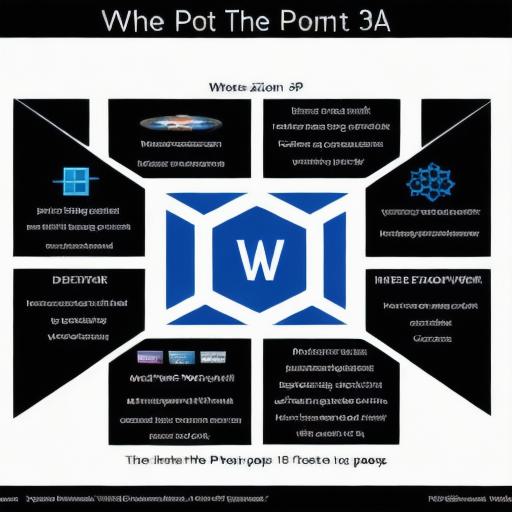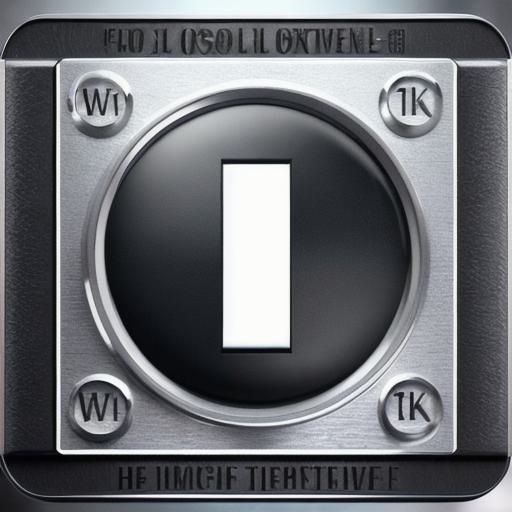Web3 is a decentralized network that enables users to interact with each other and applications in a secure and trustless manner. With its blockchain technology, Web3 has opened up new possibilities for innovation and disruption across various industries, from finance to gaming. In this article, we will explore the ultimate user experience of Web3 and how it can be unlocked to its full potential.
What is Web3?

Web3 refers to the third generation of the internet, which is built on decentralized blockchain technology. Unlike traditional centralized systems that rely on a single entity controlling the network, Web3 is a peer-to-peer network that enables users to interact with each other and applications without intermediaries. This decentralization ensures greater security, transparency, and privacy for users.
Unlocking the Full Potential of Web3
To unlock the full potential of Web3, it is essential to understand its key features and how they can be leveraged to create new opportunities for innovation and disruption. Here are some of the key features of Web3 that make it an ideal platform for developers:
- Decentralization: Web3 is a decentralized network that enables users to interact with each other and applications without intermediaries. This decentralization ensures greater security, transparency, and privacy for users.

- Smart Contracts: Smart contracts are self-executing programs that can automate various processes on the blockchain. They enable developers to create secure and transparent transactions without intermediaries, making it easier for businesses to operate and for consumers to trust them.
- Tokenization: Tokenization is the process of converting real-world assets into digital tokens that can be traded on the blockchain. It enables businesses to unlock new revenue streams and create new opportunities for innovation.
- Distributed Applications (dApps): dApps are decentralized applications that run on the blockchain. They enable developers to build applications that are secure, transparent, and trustless, making it easier for users to interact with them.
- Interoperability: Web3 is designed to be interoperable, meaning that it can work seamlessly with other platforms and systems. This makes it easier for businesses to adopt new technologies and integrate them into their existing systems.
Case Studies and Personal Experiences
To illustrate the potential of Web3, let’s look at some real-life examples and personal experiences:
- Decentralized Finance (DeFi) Platforms: DeFi platforms like Uniswap and Compound have leveraged the power of smart contracts to create decentralized financial systems that are more secure, transparent, and trustless than traditional centralized systems. These platforms enable users to trade cryptocurrencies, borrow and lend funds, and earn interest without intermediaries, making it easier for businesses to operate and for consumers to trust them.
- Gaming Platforms: Web3 gaming platforms like Decentraland and Cryptokitties have enabled gamers to own and trade in-game assets on the blockchain. This creates new opportunities for gamers to earn rewards and own their digital assets, making it easier for game developers to monetize their games.
- Supply Chain Management: Web3-based supply chain management platforms like Tradefinex have enabled businesses to track their goods from production to delivery on the blockchain. This creates greater transparency and traceability in the supply chain, reducing fraud and improving efficiency.
Structure of the Article
The article is structured as follows:
- Introduction: This section provides an overview of Web3 and its potential for innovation and disruption across various industries. It also explains the importance of unlocking the full potential of Web3 through a journey through the ultimate user experience.
* What is Web3?
